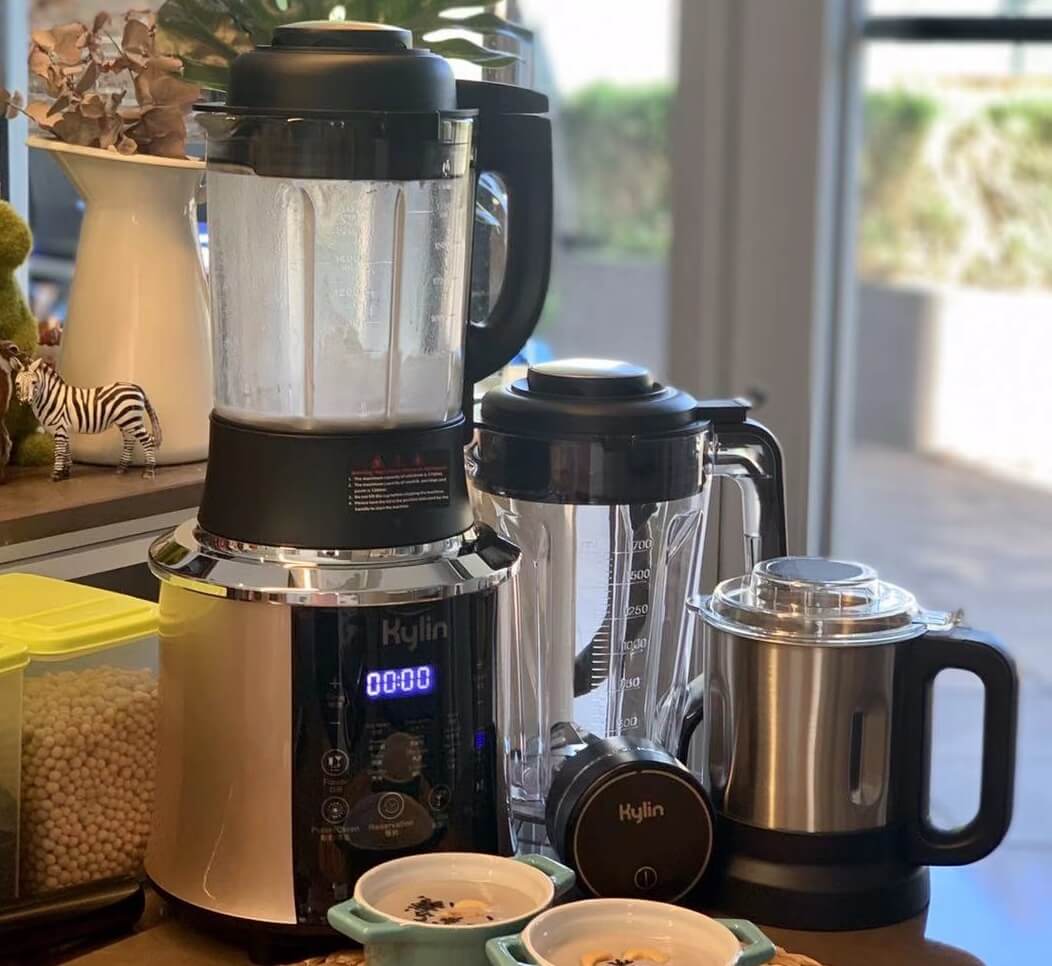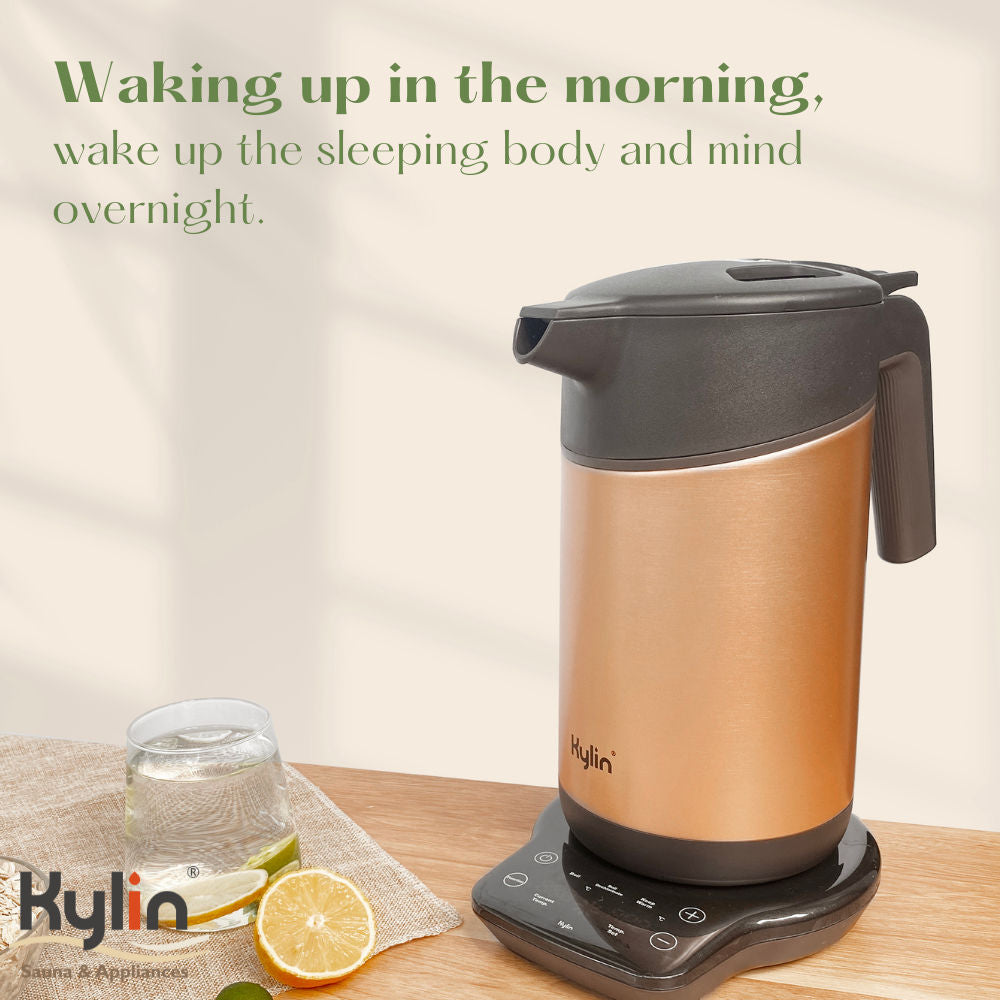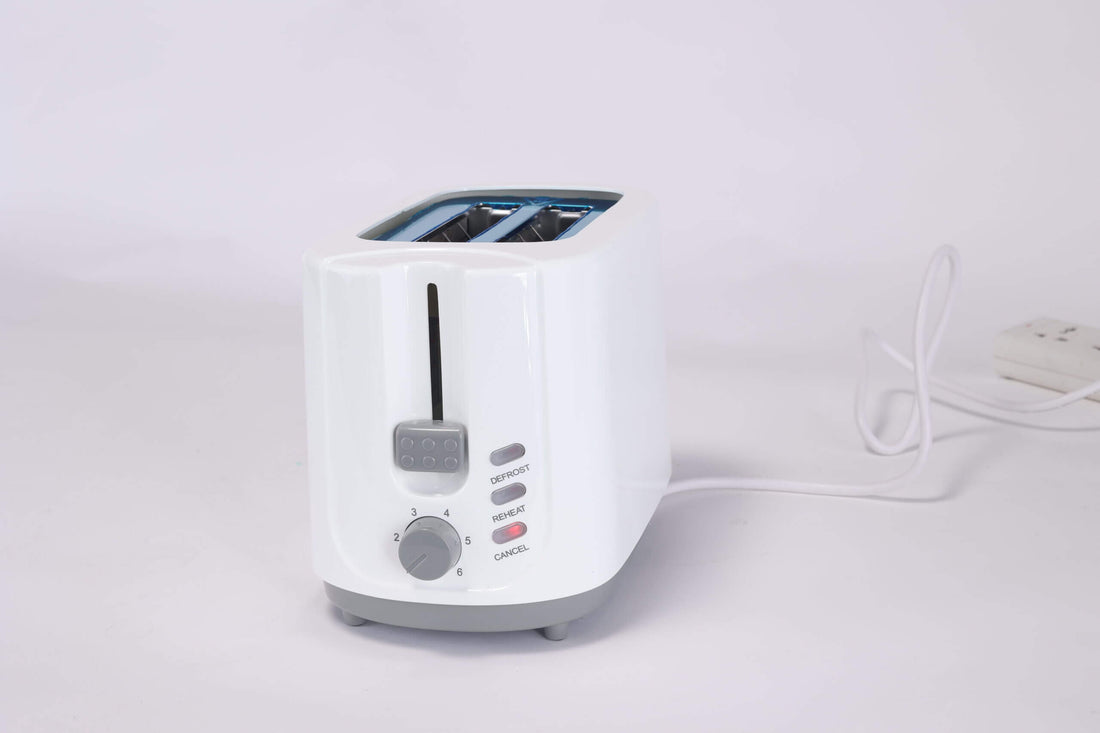
The best food processor is kitchen equipment that serves as an additional pair of hands. A food processor’s main advantage is a multitasker, generally with various attachments and tasks. Almost majority of them rely on rotating gear to spin their many wings, which often contain supporting discs for slicing or grating in addition to the primary blade arrays for chopping or mixing. Some food processors have extra blender-like activities, such as smoothie-making or dough-mixing, allowing you to check off many appliance boxes with a single purchase.
Functions of the best food processor
Before deciding on the most acceptable food processor for you, consider what functions you want it to do. A chopping blade will be standard on all food processors. Most chores, such as preparing hummus, cauliflower rice, and even homemade tomato sauce, maybe accomplished with this. Like so many other kitchen equipment these days, food processors come in a broad range of prices, sizes, and features. Solid and effective food processors are available at various price limits.
Advantages of having a food processor
A food processor is used for a variety of tasks. Switching between attachments changes the machine’s operation; thus, you may start with a disc attachment to chop certain items, then move to a blade to blend them into a sauce or paste. Food processors are versatile and multipurpose appliances to prepare sweet and savory foods. It would be best to consider how much technical difficulty you are ready to take on. The more features a food processor has, the more difficult it is to put together and use effectively. Even the most expert chefs also use food processors. The cutting with manual aids can’t develop food taste best.
How does a food processor work?
Food processors are not the same as blenders. They are made out of more giant bowls with blades set at different levels. Unlike blenders, they don’t force all components into the middle of the mixing bowl to form a vortex. They also don’t necessitate the addition of an additional liquid to aid in the mixing of the dry ingredients. Blenders, with their downwards-tapering construction, also tend to overflow. The breadth of the bowl of food processors, on the other hand, permits significant amounts of food components.
Things to consider before buying a food processor
Jar Size
Try to go with any size, around 10 cups for a household of four. You may wish to pick a larger size if you prepare a massive meal, have regular guests, or need to cook larger foods to store. In most circumstances, a 14-cup food processor should be enough. Larger machines are only used in industrial kitchens.
Blades
The best food processor should include a variety of blades for various tasks such as slicing, crushing, smashing, and grinding. Another fact to consider is the material’s quality. Stainless steel is the most extraordinary material for blades. They provide the best in terms of durability and performance.
Power- Basic chopping or cutting does not need a lot of force. Certain operations, such as dough mixing, will, nevertheless, need additional power. Choose the Wattage wisely depending on the intended purpose. The food processor motors with a 7 hundred wattage should handle even such tasks to be safe.
Warranties
All household appliances come with a one-year guarantee as standard. Some manufacturers place a premium on product quality and provide more extended warranties. The lengthy warranty usually covers the motor power. Mostly the top Food processors also come with extended component warranties. If you come across such a Food Processor, you may be confident that it will not cease operating after 1 year. It will most likely cost a little more, but you can save money for the long term.
Easy to Wash, Clean, and Dry-Dishwasher
Safe parts are standard on most food processors. But, just in case, it’s never a bad idea to double-check. After each usage, the preceding entity you want to do is fresh your Food Processor manually. The other thing to account in a food processor is when it works to components. The most satisfactory food processors avoid sharp edges or easily accessible holes where food is piled.
Body
Some larger weight processors can cause strong vibrations. When we talk about food processors, consistency is crucial. A food processor with a compact body and broad basis is the best choice.
Controlling knobs and push buttons
Most of the processors only operate the basic three settings: on, off, and pulse. In many circumstances, it is adequate. Though, there are a few purposes that may necessitate additional rotation restrictions. Various types of dough, for example, may require different mixing rates. Ensure that the controls on a particular Food Processor brand will support the planned purposes before spending your money on it.
Lid and the feeding tube
When we talk about the lid, ensure it is securely fastened. Caps that are too loose might allow the contents to fall out. If you’re using a feeding tube (chute), it should be as broad as feasible. Narrow feeding tubes will necessitate pre-cutting of the food, which will raise the demand for your physical labor. Some top food processors have wide feeding tubes with an optional narrower pusher. It should make it easier to feed smaller foods like carrots.
Check below one of the Best Food Processor and Blender here:
https://www.hellokitchen.com.au/products/kylin-high-speed-heating-blender-1l-au-k6310
Conclusion
In this article, we have thoroughly studied the features and process of work. First and foremost, you must choose your pricing range. Then figure out what the optimum price-to-value ratio is. And the advice is to avoid trying to save money on the best food processor. Because can’t doesn’t buy it very often, investing in a best worth invention will not only aid you improved, but it will last lengthier. You can trust Hello Kitchen for your kitchen food processor like other customers.





